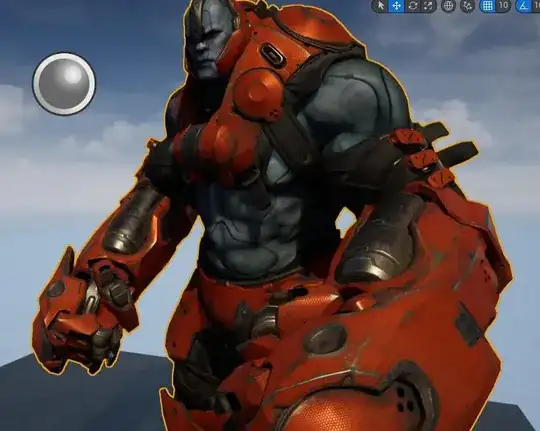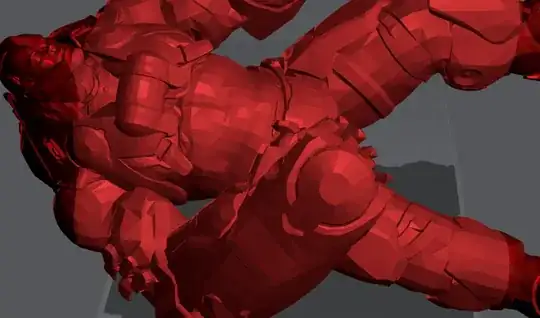I wanted to experiment with a 3D printer and downloaded Lychee Slicer and wanted to print an Unreal asset. I took a free one from the store and exported the static mesh as .obj, so I can load it in Lychee. The only thing is details and curves have disappeared and smooth surfaces are visible polygons. Is this something that can be fixed?
2 Answers
It sounds like the .obj file you exported from the Unreal Engine did not preserve the smooth surfaces and curves of the original asset. This is likely because the .obj format does not support smooth shading or surface curvature information, and can only represent geometry as a collection of flat polygons.
If you want to preserve the smooth surfaces and curves of the original asset, you will need to use a different file format that supports this kind of information. Some options you might consider include the .stl format, which is commonly used for 3D printing, or the .fbx format, which is a more general-purpose 3D file format that can support smooth shading and surface curvature.
It is also possible that the slicer software you are using to prepare the model for printing does not support smooth shading or surface curvature. In this case, you may need to use a different slicer program or apply a smoothing algorithm to the model before exporting it.
I hope this information is helpful. Let me know if you have any further questions!
- 11
- 1
-
Well I am getting the same results with other file formats. Here is what a game dev said on this: "All those smooth surfaces and details you see are an illusion created by normal mapping - they're not part of the lower-poly mesh geometry that's getting rendered. Some of these details will have been baked into a map from a higher-poly sculpt, others might be synthetically produced by a procedural material." – Lara Dec 20 '22 at 08:11
The curves (simple smoothing or real "multiple-per-vertex-normals") are embedded in the vertex information of the model and probably still exist in the obj. Lychee only sees the real 3D polygon mesh and discards the vertex data. Your best way to add some sort of polygon smoothing like MeshSmooth or TurboSmooth in 3ds Max, Maya, or Blender. It will read the vertex info and apply it to the mesh, thus creating more vertices. See the following YouTube video for an example:

